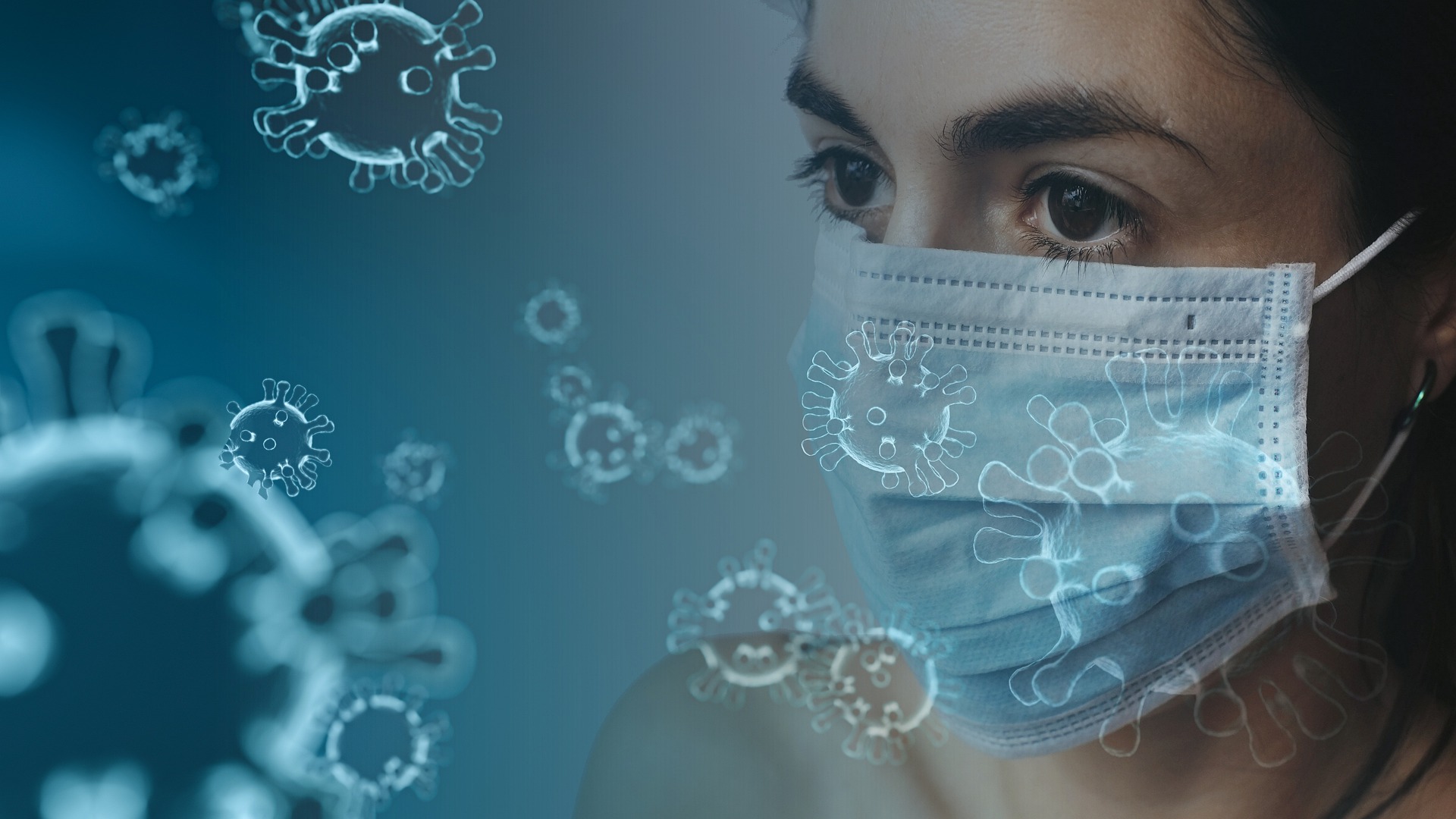BY CARMEN FANNING
The CDC and United States government are urging citizens to do their part in flattening the curve of the coronavirus pandemic. Citizens are recommended to follow their civic duty to quarantine, self-isolate and practice social distancing as necessary. If everyone does their part by following the rules and guidelines, the sooner society can return to normal.
The words quarantine, isolation and social distancing have been popular in light of the current pandemic; however, there can be confusion surrounding what each actually is, when to follow them and the importance of doing so.
Isolation is defined by the CDC as “separation of sick people with a contagious disease from people who are not sick.”
Dr. Todd Fristo, medical expert and family physician at Saint Luke’s in Kansas City, Mo., said the measures of diagnosing patients depend on their exposure levels.
“We test patients who have been exposed or had potential exposure, like the people who returned from Europe,” Fristo said. “Positive patients or patients under investigation are treated the same until found to not have COVID-19. Actively sick who have a proven infection are the people you isolate.”
Fristo warns people to only come in to be tested if they are showing COVID-19 symptoms. Symptoms of COVID-19 include cough, fever, fatigue and difficulty breathing. He said it is important for people to be mindful to remember that it is also the cold and flu season.
Quarantine is defined by the CDC as “separation and restriction of the movement of people who were exposed to a contagious disease to see if they become sick.”
Fristo stresses the importance of quarantining for 14 days to protect the elderly and immunocompromised.
“[COVID-19] may take two to seven days to develop any symptoms, that’s why it extends to 14 days,” Fristo said. “We want to reduce transmission to those who are susceptible because mortality is much higher. Even if you’re healthy, you want to protect others, too.”
Those who might have come in contact with the virus are encouraged to stay home until they show signs of symptoms.
“Not everyone has to be in the hospital, stay at home for 14 days,” Fristo said. “If you show no fever or other symptom, there’s no need to come in.”
The necessity to practice quarantine also comes into play for individuals who live or have traveled from an area of high risk.
“Quarantine is if you came from an area with a high incidence of death, even though you don’t have direct exposure or if you are around a family member with it,” Fristo said.
Social distancing is the act of distancing yourself from other people to reduce the transmission of the virus. It’s a way of protecting yourself from potential exposure and others. The CDC recommends keeping a distance of 6 feet between yourself and others.
At Saint Luke’s, the staff is taking preventive measures in the case of an influx of patients.
Surprisingly, the hospital is seeing fewer patients, although hospitals are warning people to come in only if they are showing symptoms of COVID-19 to free space for those with the disease.
“Normally we see 140 patients, now we’re running 90 to 100 anticipating there will be a problem,” Fristo said.
The hospital is utilizing telemedicine to reduce the number of people in anticipation of it getting busy. Telemedicine is similar to a FaceTime call between doctors and patients. During this call, patients can ask the doctor questions and be prescribed medicine.
COVID-19 is predicted to hit its peak in the Kansas City area in April or late May. In the meantime, education on how to deal with the virus is being extended to the staff, and experts are updating them every day.
“We are preparing hospitals and units with training for COVID-19 by people who have the most experience and knowledge,” Fristo said. “We are identifying isolation rooms and have those available in the case of an influx. Other hospitals are utilizing as much protective equipment for their staff. They don’t want them to get to sick because then you’ll have less caregivers.”
Fristo is taking preventative measures to protect himself, his patients and his family.
“What I do now is take my shoes off in the garage, wear scrubs every day and put them in the laundry and then I wash my hands a lot as soon as I get home,” Fristo said. “If I have to run an errand, I will stay 6 feet away in line. I sit in the office at work, I wear the gown, gloves and mask and so do the patients. I’m doing everything I can to protect my family and the patients.”
While the situation surrounding COVID-19 is ever-changing, Fristo looks to the positives of everyone coming together as motivation and gratitude.
“We should be thankful,” Fristo said. “On the medical side it is a blessing and a definite positive to see all aspects of the medical community coming together to help and physicians volunteering to help out in the hospital in any capacity if the crisis escalates.”

